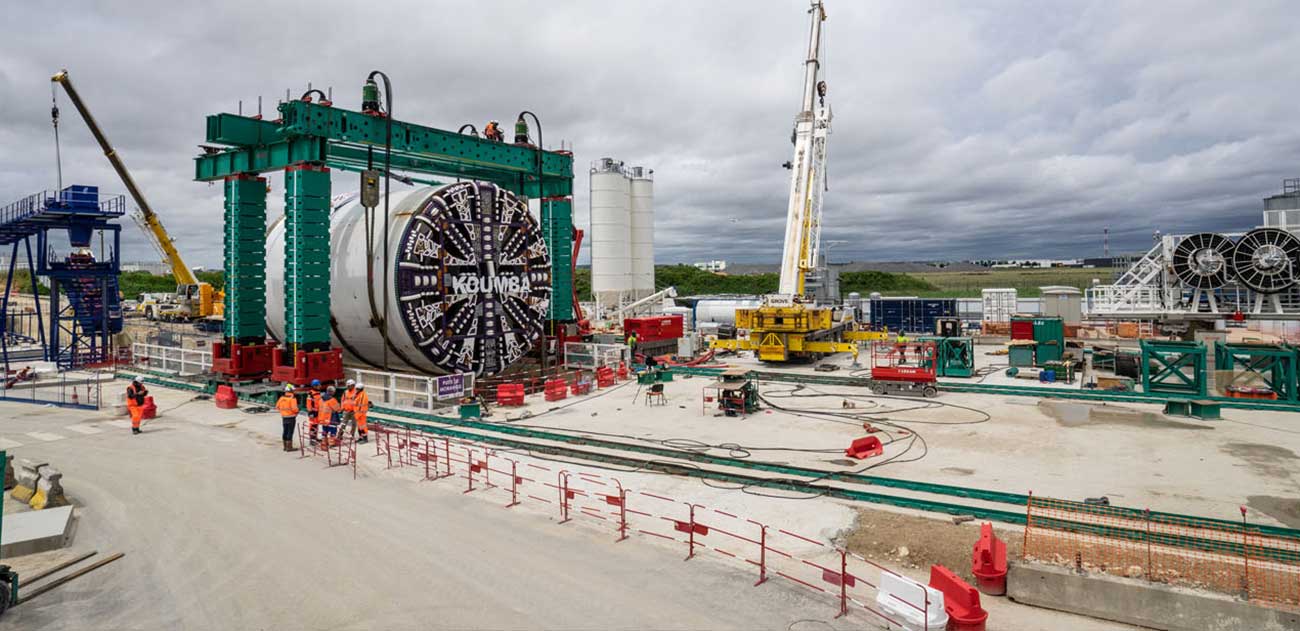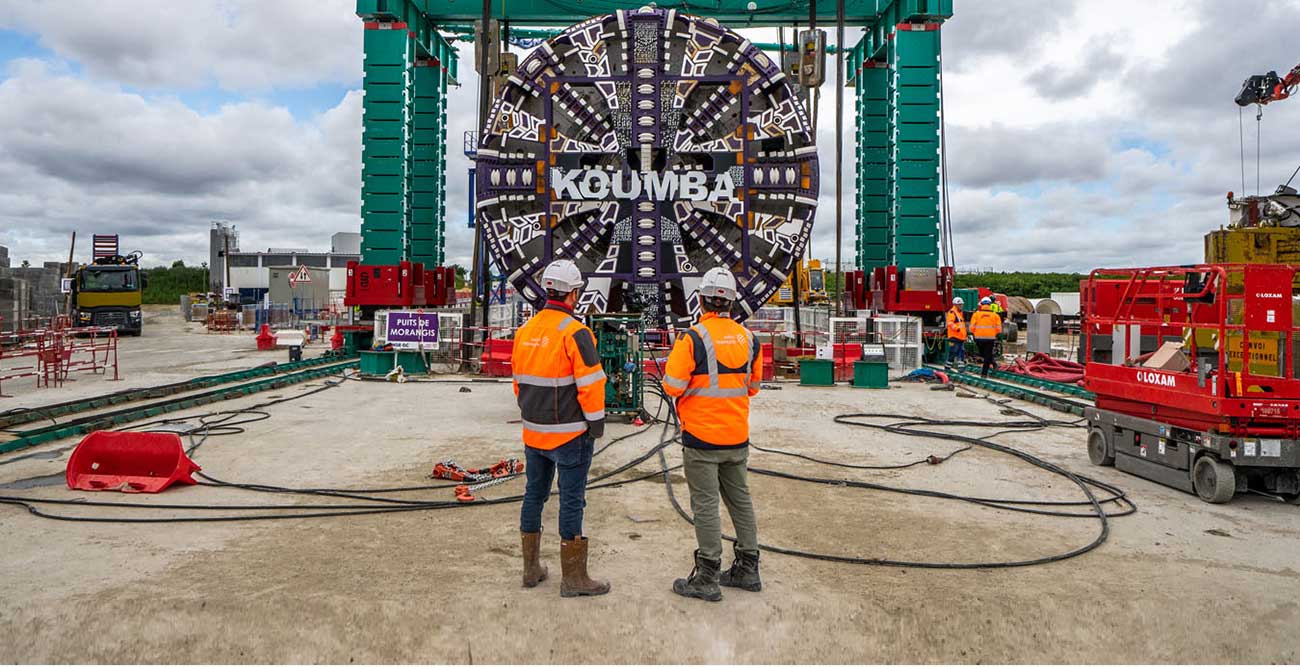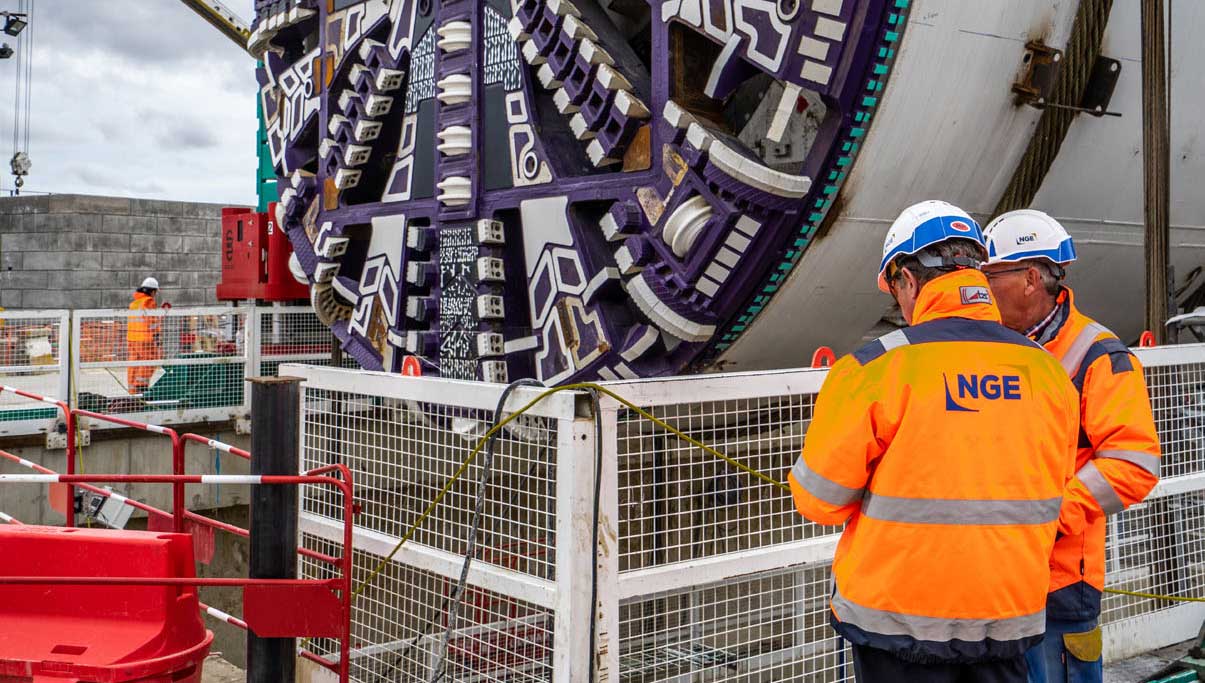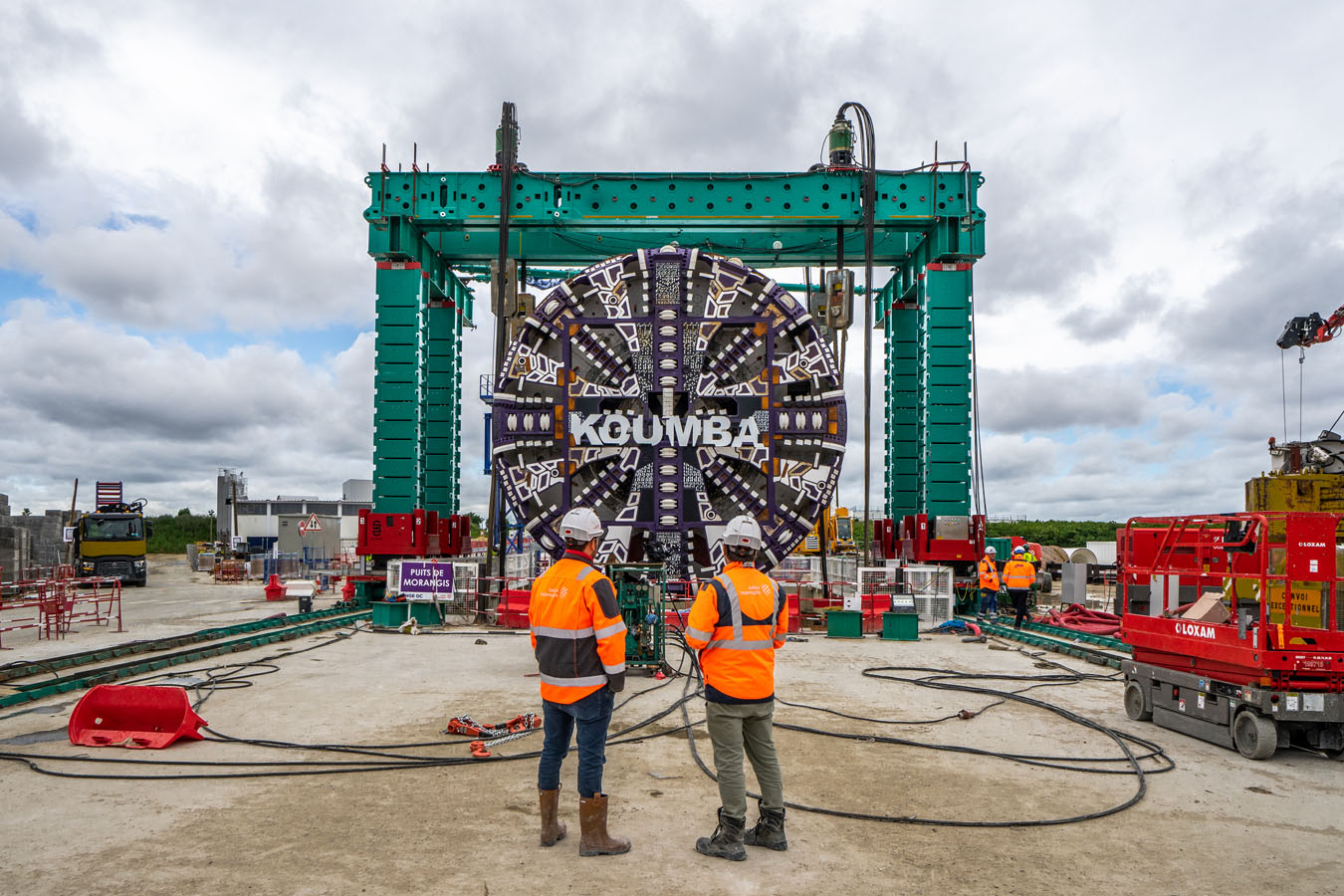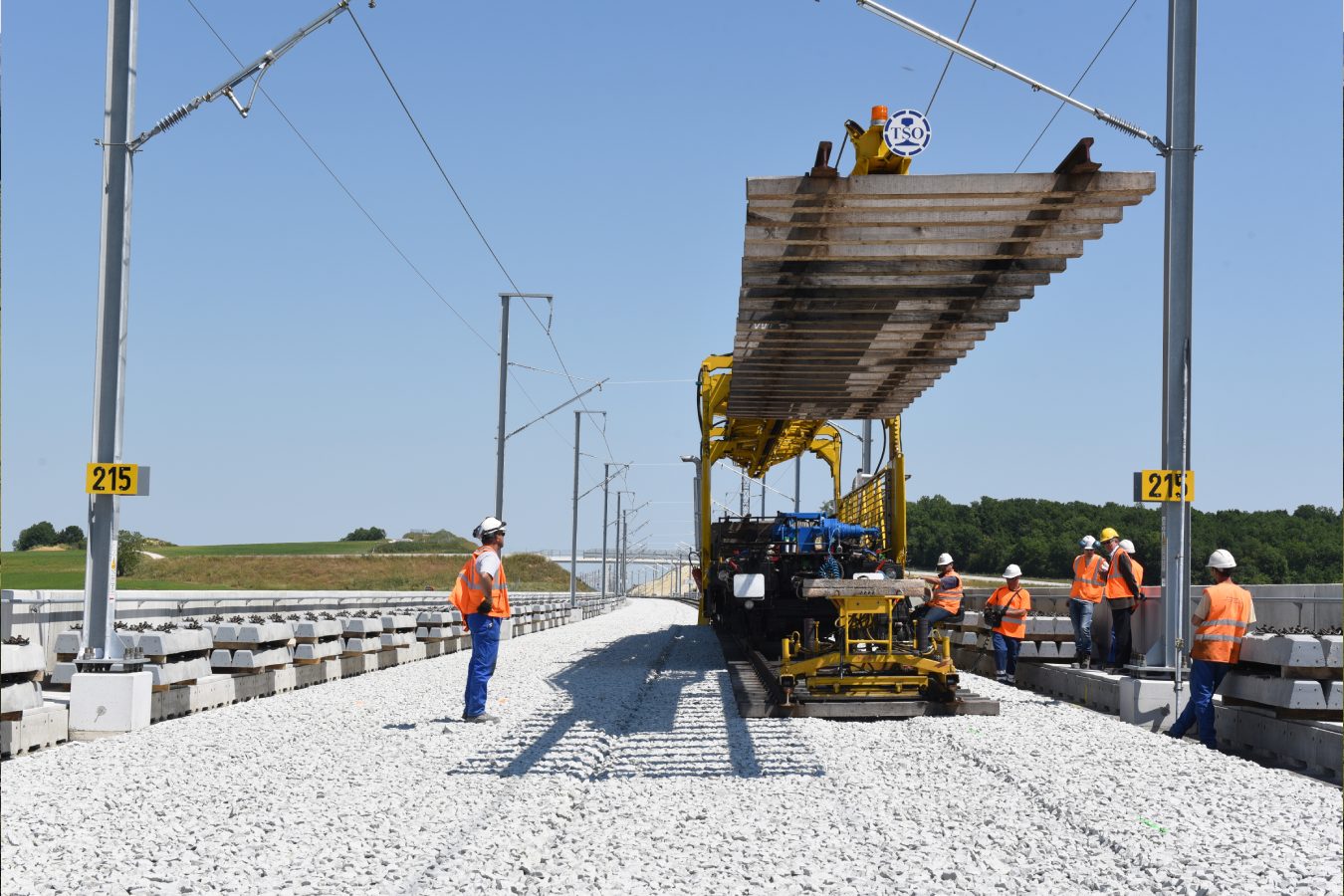Grand Paris transport infrastructures
- Location
- Paris
- Type
- Underground works
- Subsidiary
- GUINTOLI
- NGE GC
- NGE FONDATIONS
- TSO
- TSO CATENAIRES
Having bid successfully for tenders issued by the Société du Grand Paris, SNCF and RATP, NGE is now working on a series of Grand Paris infrastructure projects, putting its civil engineering expertise to work on underground engineered structures, soil safety, topographical surveys and earthworks. Group teams are involved in no fewer than 17 work packages, including 7 major packages for Metro Lines 11, 14, 15 and 16, as well as the project to extend Line E of the RER regional express network from Haussmann-St Lazare to Nanterre.
The key figures
of the project
tunnel boring machines co-owned by NGE
work packages
circular tunnel liner segments
ChalleNGE : In handing over the Line 14 tunnel boring machine to street artists Lek & Sowat, NGE has created an incredible new piece of pop-up art.
The main stages
of the project
Start of work on the new Paris Metro Line 4 station at Bagneux. The Grand Paris infrastructure project is therefore starting with a line extension that will reduce the journey time to the capital to under 30 minutes. This project requires the construction of a two-way cut-and-cover tunnel 111 m long and 7.8 m wide. The tunnel intersection (where the lines are connected) is 70 m long to the north and 107 m long to the south to cover a total station length of 130 m.
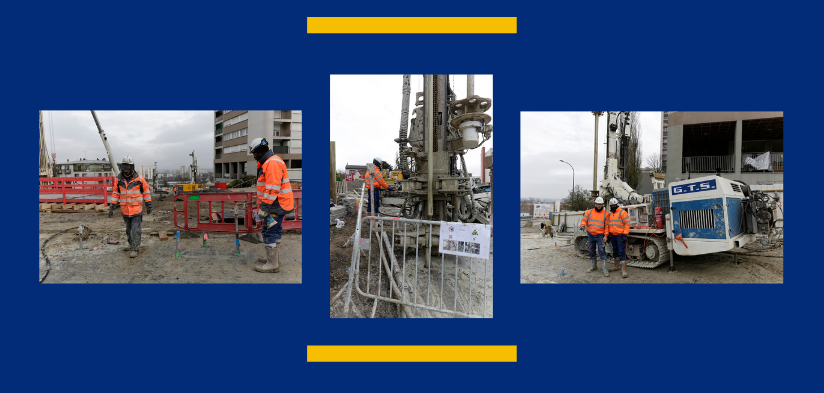
The redevelopment of Ardoines station is part of the Grand Paris Express Interconnections project.
This includes consolidating the four tracks of RER Line C, sheet piling for the four escalator shafts, and the installation of multilayered stability ties.
The Technicentre footbridge had to be demolished in order to create an underpass serving each platform.
Widening the platforms and ensuring accessibility for passengers with reduced mobility was another a major challenge of this refurbishment project.
As part of preparing for future developments, the supporting structure for a new footbridge is also included in this project.
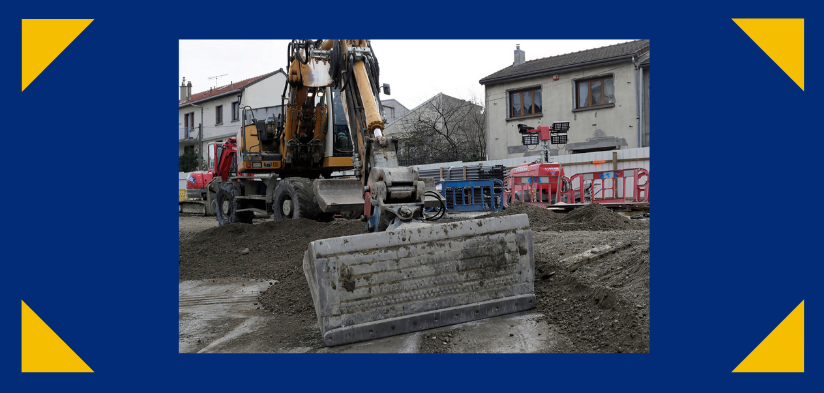
This project to extend the RER E Eole line to the west of Paris involved construction of an underground tunnel intersection.
At 175 m long, this engineered structure is located between the current RER Eole line terminus at Haussmann Saint-Lazare station and the future La Défense tunnel.
The biggest challenge was to lower the water table of the Ypresian sands; a task that required no fewer than 15 boreholes to be drilled. The total flow rate to be pumped is estimated at approximately 1,000 m3 per hour to reduce the water table at the tunnel intersection to below the level of the inverted arch.
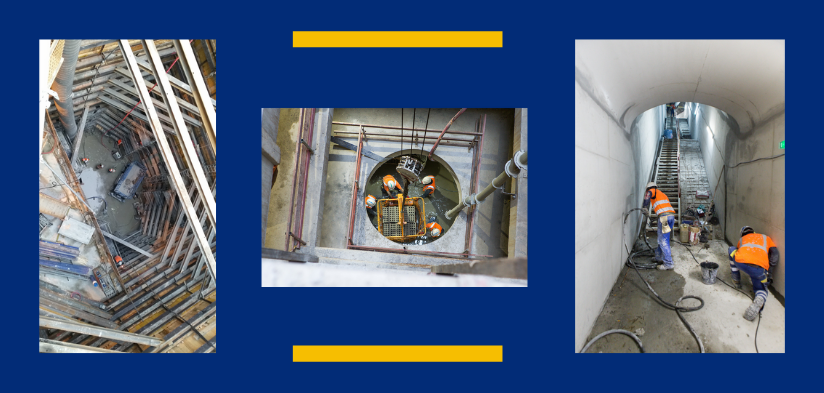
To extend Paris Metro Line 11 to the east, we used a tunnel boring machine christened Sofia (tunnelling tradition requires the use of a girl’s name). This tradition developed in honour of St. Barbara, the patron saint and protector of all miners and those who work underground. The name Sofia was chosen as a tribute to Sofia Amalou, the RATP Mobile Coordinator, who welcomes Line 11 passengers to the station every day. Christened almost a year later, this amazing machine is more than 106 metres long and weighs around 1,450 tonnes. It is currently excavating the 3-kilometre tunnel that will link the future stations of La Dhuys and Serge Gainsbourg. At peak times, as many as 400 people can be working on this project, which also requires the construction of 4 underground stations, each 100 m x 20 m at depths of between 25 and 30 m below street level.
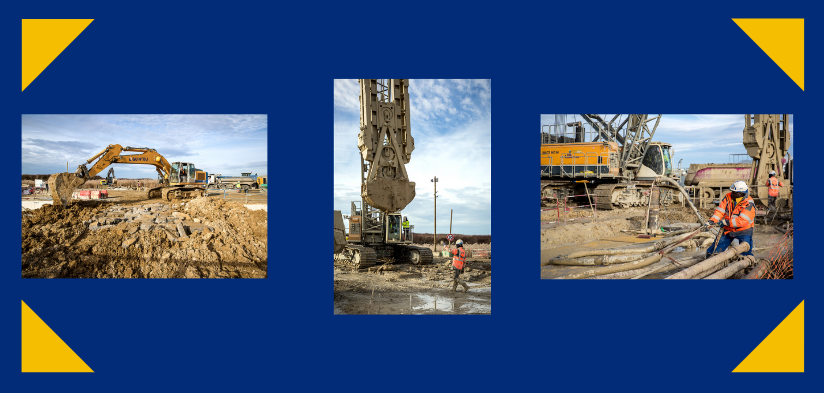
NGE is also actively involved in constructing the future Paris Metro Line 15 South. Our involvement is in constructing the tunnel between Noisy-Champs and Bry-Villiers-Champigny.
At the point of handover in 2024, these 9-metre diameter tunnels will extend for a total length of 4,673 metres.
A second 2,159-metre tunnel is also being cut to construct the engineered structure around the tunnel intersection, and the future maintenance and storage facility. This was the task entrusted to Steffie-Orbival, the first TBM to work on the Grand Paris project.
Seven ancillary engineered structures between stations and their connecting branch will also be constructed at a later time.
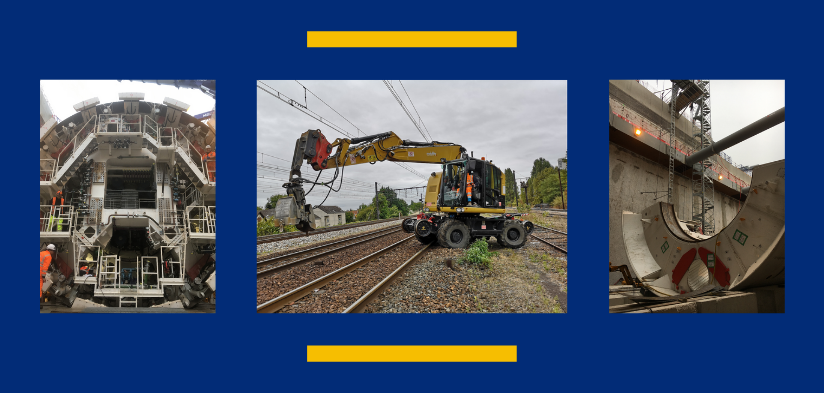
Work began on <b>regenerating 180km opportunities on RER Line C between Paris and Brétigny</b> began in October 2018. The project is expected to complete in 2024.
The project involves updating 180 km of catenaries from south of the Bibliothèque François-Mitterrand station and south of Brétigny. It also requires installation of a high-performance catenary designed to cope with the projected increase in traffic over the next 20 years, and tolerate a temperature range of up to 70 degrees, compared with the current 40 degrees.
The work is spread over several phases: installation of new load-bearing structures (600 metal beams and 20,000 columns to be installed), preparation of the existing catenary, installation and alignment of the new catenary support structures, replacement of the catenary wires (540 km of cables to be removed and installed), and the removal of the old metal structures.
Tunnel boring machine Steffie-Orbival – the first to be commissioned for the Grand Paris Express project – has completed its 2,171 m section at the Villiers-sur-Marne branch tunnel. It has been removed and reconfigured for another purpose on Line 17.
This first tunnelling operation therefore marks an important milestone in the progress of this extraordinary project.
